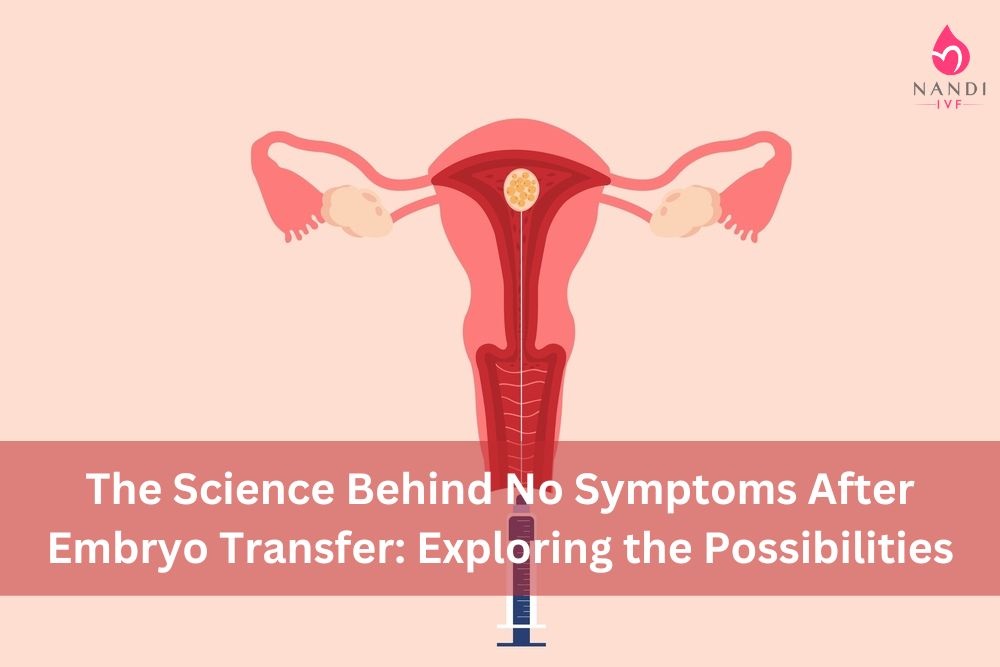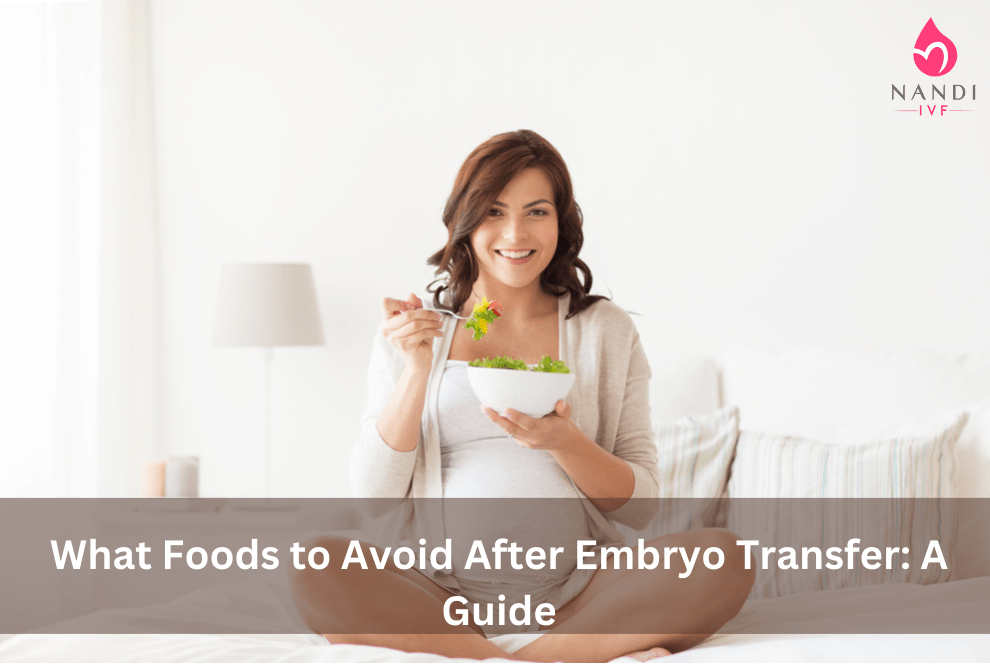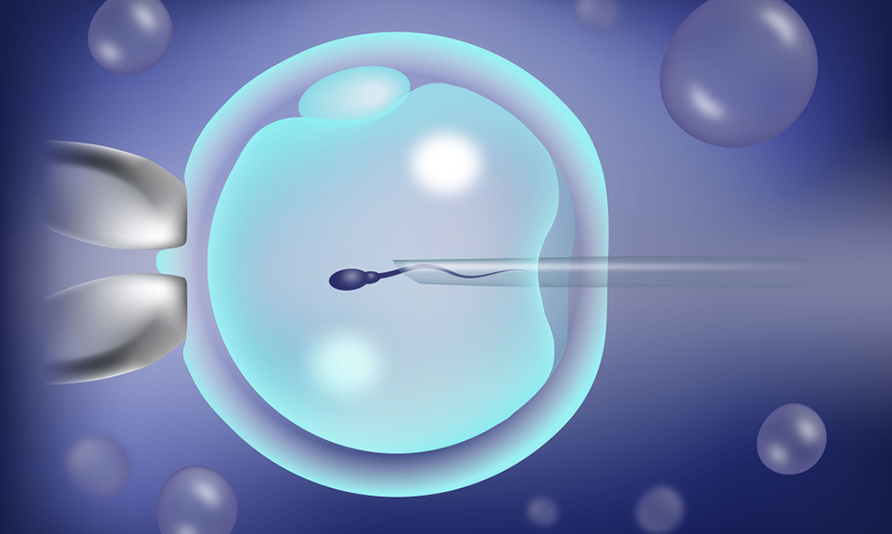Embryo cryopreservation, commonly known as embryo freezing, is a critical process in assisted reproductive technologies (ART). It allows couples and individuals to preserve embryos for future use, offering flexibility and hope in their journey toward parenthood. Whether you’re undergoing in vitro fertilization (IVF) or considering fertility preservation for medical or personal reasons, understanding the procedure for embryo cryopreservation is essential. This detailed guide, brought to you by Nandi IVF, will walk you through the entire process, from the initial consultation to the thawing and transfer of embryos.
What is Embryo Cryopreservation?
Embryo cryopreservation is the process of freezing and storing embryos at sub-zero temperatures for future use. These embryos can be thawed later and transferred into the uterus, making it possible for couples to attempt pregnancy at a later date. This procedure is a vital component of IVF treatments, offering patients the ability to preserve their fertility and increase their chances of successful conception over time.
Who Should Consider Embryo Cryopreservation?
Embryo cryopreservation is an option for a wide range of individuals and couples, including:
- IVF Patients: Couples undergoing IVF may produce more embryos than needed for a single cycle. These extra embryos can be frozen and stored for future use, avoiding the need for repeated ovarian stimulation and egg retrieval.
- Cancer Patients: Individuals facing cancer treatments that may affect fertility can opt to freeze embryos before starting chemotherapy or radiation.
- Couples with Genetic Conditions: Couples at risk of passing on genetic disorders may choose to freeze embryos after preimplantation genetic testing (PGT) to ensure only healthy embryos are used.
- Individuals Delaying Parenthood: Those who wish to delay parenthood for personal or career reasons can freeze embryos for future use.
The Embryo Cryopreservation Process
The embryo cryopreservation process involves several critical steps, each requiring precision and expertise. Below is a detailed overview of the procedure:
1. Ovarian Stimulation and Egg Retrieval
The first step in embryo cryopreservation is ovarian stimulation, which involves administering hormonal medications to stimulate the ovaries to produce multiple eggs. This process is carefully monitored through ultrasounds and blood tests to ensure optimal egg development.

Once the eggs are mature, they are retrieved from the ovaries through a minor surgical procedure known as transvaginal ultrasound-guided egg retrieval. This procedure is typically performed under sedation and involves using a fine needle to aspirate the eggs from the ovarian follicles.
2. Fertilization
After retrieval, the eggs are fertilized with sperm in the laboratory. This can be done through conventional insemination or Intracytoplasmic Sperm Injection (ICSI), where a single sperm is directly injected into an egg. The fertilized eggs are then cultured in an incubator, where they develop into embryos over several days.
3. Embryo Assessment
Embryos are monitored and assessed for quality over a period of 3 to 5 days. The embryologists evaluate the embryos based on factors such as cell division, morphology, and overall development. The goal is to identify the healthiest embryos with the highest potential for implantation.
4. Cryopreservation
Once the embryos have reached the desired stage of development, typically the blastocyst stage (day 5 or 6), they are ready for cryopreservation. The process involves the following steps:
- Preparation: The embryos are carefully prepared by removing excess water from their cells. This is done by exposing the embryos to a series of cryoprotectants, which protect the cells from damage during freezing.
- Vitrification: Vitrification is the preferred method of cryopreservation used today. It involves ultra-rapid freezing, which prevents the formation of ice crystals that can damage the embryos. The embryos are cooled at an extremely fast rate, transforming them into a glass-like state.
- Storage: The vitrified embryos are stored in liquid nitrogen at temperatures around -196°C (-320.8°F). At this temperature, all biological activity stops, allowing the embryos to be preserved indefinitely without degradation.
5. Storage Duration and Maintenance
Embryos can be stored for many years without losing their viability. The duration of storage is often governed by local regulations and individual clinic policies. Regular maintenance checks are performed on the storage tanks to ensure the embryos remain in optimal conditions.
Thawing and Embryo Transfer
When the patient is ready to use the frozen embryos, the following steps are taken:
1. Thawing
Thawing is a delicate process that must be performed with precision to ensure the embryos survive. The embryos are gradually warmed to avoid thermal shock, and the cryoprotectants used during freezing are carefully removed. Approximately 90-95% of embryos typically survive the thawing process, although this can vary.
2. Preparation for Transfer
Before the embryo transfer, the patient’s uterine lining must be prepared to receive the embryo. This is done through hormonal treatments that may include estrogen and progesterone to mimic the natural menstrual cycle and create a receptive environment for implantation.
3. Embryo Transfer
Embryo transfer is a simple, non-invasive procedure performed in the clinic. The thawed embryo(s) are loaded into a thin catheter and gently placed into the uterus. This procedure is usually painless and does not require anesthesia.
4. Post-Transfer Care
After the transfer, the patient may be advised to rest for a short period before resuming normal activities. Hormonal support may continue to help maintain the uterine lining. A pregnancy test is typically conducted 10 to 14 days after the transfer to determine if the procedure was successful.
Success Rates of Embryo Cryopreservation
The success rates of embryo cryopreservation largely depend on several factors, including:
- Age of the Woman: Younger women typically have higher success rates, as their eggs are generally of better quality.
- Embryo Quality: The quality of the embryos at the time of freezing plays a significant role in the likelihood of successful implantation after thawing.
- Cryopreservation Method: Vitrification has significantly improved success rates compared to older slow-freezing methods.
- Uterine Health: The health and receptivity of the uterine lining are critical for successful implantation.
In general, frozen embryo transfer (FET) cycles have success rates comparable to, and sometimes even higher than, fresh embryo transfers. Advances in vitrification technology have contributed to these improved outcomes.
Advantages of Embryo Cryopreservation
Embryo cryopreservation offers several significant benefits, including:
- Increased Chances of Pregnancy: Patients can attempt multiple embryo transfers from a single IVF cycle, increasing the chances of pregnancy without undergoing repeated ovarian stimulation and egg retrieval.
- Flexibility: Embryo freezing provides flexibility in planning for pregnancy, allowing patients to delay transfer until the timing is right for them.
- Preservation of Fertility: For individuals facing medical treatments that may impair fertility, cryopreservation offers a way to preserve the potential for future pregnancies.
- Cost-Effectiveness: While the initial IVF cycle may be costly, freezing additional embryos can reduce the need for future IVF cycles, making it a more cost-effective option in the long term.
- Option for Genetic Screening: Couples can opt for preimplantation genetic testing (PGT) before freezing embryos, ensuring that only healthy embryos are transferred in the future.
Potential Risks and Considerations
While embryo cryopreservation is generally safe, there are some risks and considerations to keep in mind:
- Thawing Survival: Not all embryos survive the thawing process, although vitrification has greatly improved survival rates.
- Emotional Impact: The process can be emotionally challenging, especially if multiple cycles are required.
- Ethical Considerations: Some couples may face ethical dilemmas regarding the long-term storage of unused embryos.
Legal and Ethical Aspects of Embryo Cryopreservation
Embryo cryopreservation also involves legal and ethical considerations, which vary by country and region. Some key aspects include:
- Consent: Patients must provide informed consent for the freezing and storage of embryos, including decisions about what should happen to unused embryos in various scenarios (e.g., divorce, death, etc.).
- Storage Duration: Legal regulations may dictate the maximum duration for which embryos can be stored. Patients must be informed of these limits.
- Disposition of Unused Embryos: Patients must decide what to do with unused embryos, whether to continue storage, donate them to another couple or for research, or have them discarded.
The Role of Nandi IVF in Embryo Cryopreservation
At Nandi IVF, we are committed to providing our patients with the highest standards of care in embryo cryopreservation. Our state-of-the-art laboratory, experienced embryologists, and personalized treatment plans ensure that each patient receives the best possible chance of success.
- Advanced Technology: Nandi IVF uses the latest vitrification techniques to maximize embryo survival rates during freezing and thawing.
- Personalized Care: We tailor our approach to meet each patient’s unique needs, ensuring that you are fully informed and supported throughout the process.
- Comprehensive Support: From the initial consultation to post-transfer care, Nandi IVF offers comprehensive support at every stage of your fertility journey.
Conclusion
Embryo cryopreservation is a powerful tool in the realm of assisted reproductive technologies, offering hope and flexibility to those on the path to parenthood. Understanding the procedure, from ovarian stimulation to embryo transfer, is crucial for making informed decisions about your fertility treatment options.
At Nandi IVF, we are dedicated to guiding you through every step of the embryo cryopreservation process with compassion, expertise, and the latest technology.
Whether you are preserving embryos for future use or planning your next steps in your fertility journey, Nandi IVF is here to provide the support and care you need. Our experienced team of fertility specialists and embryologists is committed to helping you achieve your dream of parenthood with the highest standards of safety, ethics, and success.
Embryo cryopreservation offers unparalleled flexibility and options for individuals and couples facing various fertility challenges or simply looking to plan their family at their own pace. By preserving embryos, you’re not only giving yourself the chance to conceive in the future but also making the most of current advancements in reproductive medicine.
Why Choose Nandi IVF for Embryo Cryopreservation?
Choosing the right clinic for embryo cryopreservation is crucial to ensuring the best possible outcome. Here’s why Nandi IVF stands out:
- Expertise and Experience: Our team of specialists brings years of experience in fertility treatment and embryo cryopreservation, ensuring that your embryos are handled with the utmost care and precision.
- Cutting-Edge Technology: We utilize the latest vitrification techniques, which are proven to increase the survival rates of frozen embryos. Our laboratory is equipped with advanced technology to ensure optimal conditions for embryo storage and future use.
- Patient-Centered Approach: At Nandi IVF, we understand that every fertility journey is unique. We take the time to listen to your concerns, answer your questions, and tailor our approach to meet your specific needs.
- Ethical Practices: We adhere to the highest ethical standards, ensuring that you are fully informed and comfortable with every step of the process, from the initial decision to freeze embryos to future decisions regarding their use.
Final Thoughts
Embryo cryopreservation is more than just a technical procedure—it’s a pathway to preserving hope and potential for the future. Whether you’re considering freezing embryos as part of your current IVF cycle, preserving fertility before medical treatment, or simply planning for the future, understanding the process and choosing the right clinic are key to your success.
At Nandi IVF, we are honored to be part of your fertility journey. Our commitment to excellence, combined with our compassionate care, ensures that you have the best possible support as you navigate this important decision. If you’re considering embryo cryopreservation or have questions about the process, we encourage you to reach out to our team. We are here to help you every step of the way, from the initial consultation to the day you hold your baby in your arms.
Contact Nandi IVF Today If you’re ready to take the next step in your fertility journey or simply want to learn more about embryo cryopreservation, please contact us at Nandi IVF. Our team is ready to provide the guidance and care you need to make informed decisions about your reproductive future.
Your future starts here, and we at Nandi IVF are committed to helping you achieve your dreams of parenthood with the best possible care and support.














